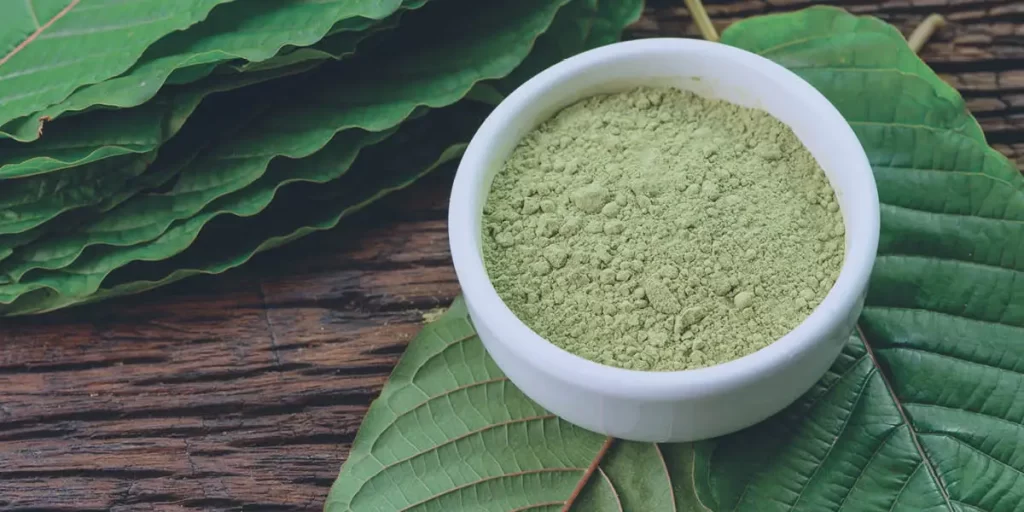How to Taper Off Kratom
Written by Rob Alston
& Medically Reviewed by Dr. Jessica Pyhtila, PharmD
Medically Reviewed
Up to Date
Last Updated - 6/17/2022
View our editorial policy
If you or someone you love is trying to quit using kratom, they may fear the withdrawal symptoms that can come from quitting cold turkey. Some kratom users have had success quitting the drug by tapering, or slowly decreasing the amount used. Although doctors have not extensively studied the taper strategy for kratom, it remains an option for those who want to quit using the drug without withdrawal.
Benefits of Tapering Kratom Use
Kratom is a drug that has both stimulating and pain-relieving properties. It contains chemicals that work on the mµ opioid receptor, the same receptor in the brain that narcotics affect. The chemicals in kratom are mitragynine and 7-hydroxymitragynine.
Because these chemicals are opioid-like, many opioid withdrawal symptoms can occur with kratom. However, these symptoms are often milder than in classic opioid withdrawal and may not last as long. These symptoms start 12 to 24 hours after stopping kratom and can include:
- Muscle spasms
- Diarrhea
- Loss of appetite
- Fever
- Pain
- Runny eyes and nose
- Mood swings
- Anger
- Anxiety
- Restlessness
- Trouble sleeping
By tapering off kratom instead of abruptly stopping use, you may be able to avoid many of these withdrawal symptoms.
How to Taper Off Kratom
Doctors are still studying the addictive properties of kratom. Because kratom does not come in standardized dosage forms, it is important to first figure out how much kratom you are using. Some former kratom users recommend using a digital scale and a measuring spoon to weigh your usual dose of kratom. This gives you a starting point for when you start to cut back your kratom use.
Other factors to consider when tapering off kratom include:
- Making sure you are getting all your kratom from the same source: Not only are kratom dosage forms not standardized, but the chemical content of kratom can vary. If you are using kratom from different sources and trying to taper, it can be impossible to know for sure that you are taking a lower dose.
- Figuring out your kratom triggers: Knowing what your triggers are is the first step to avoiding them. If you tend to use kratom while doing specific tasks, you may get cravings when you start to cut back. Recognizing these and using the support around you to stay true to your tapering goals is crucial.
- Surrounding yourself with supportive people: Quitting a substance is hard. Without support around you, it can be even harder. If you are cutting back on kratom use and are surrounded by people who still use it heavily, your recovery may be more difficult. Making sure to find someone to support you as you taper down your use is important.
- Adopting healthy habits: When you struggle with a substance like kratom you can spend a lot of time thinking about and using kratom. When you start to cut back, your mind may be more focused on kratom than ever before. Adding new healthy habits to your routine can help to replace the old habits and give you a new focus.
- Measuring out your tapered doses in advance: Some people who have successfully stopped using kratom recommend measuring out your tapered doses before it is time to take them. This can help to avoid lapses where you may fall back into taking a higher kratom dose than you intended.
Kratom Taper Schedule
Many kratom taper schedules have been posted by people who have successfully stopped the drug. Unfortunately, doctors have not studied or vetted this information.
Regardless, one recommendation from people who have overcome kratom is to slowly decrease the kratom dose by 0.5 grams every one to two days. This amount is very small, equivalent to one-tenth of a teaspoon, and illustrates the importance of having a tool like a digital scale and a measuring spoon for precision. You can keep decreasing the dose of kratom at your own pace, which allows you to avoid withdrawal symptoms if they start to occur.
Nevertheless, if you start to get withdrawal symptoms, you can keep your dose at the same amount you are taking until the symptoms resolve. When you feel better, you can resume tapering. You may also consider reducing the kratom dose by a smaller amount, like 0.3 grams.
If your kratom withdrawal symptoms become severe or if you have tried and failed to taper off kratom, you should consider medically-assisted detox.
Medically-Assisted Kratom Detox
Sometimes tapers fail for people struggling with kratom. In those cases, medically-assisted detox may help. Kratom detox is similar to opioid detox and can be treated with some of the same therapies. This includes:
- Round-the-clock medical monitoring
- Medications to ease withdrawal symptoms
- Counseling and strategies to ease back into everyday life without kratom
If you or a loved one struggle with kratom and are having a hard time quitting, help is here. Contact our trained professionals at The Recovery Village Ridgefield to learn more about how our treatment programs can help start you on the road to recovery.
Sources
Veltri, Charles; Grundmann, Oliver. “Current Perspectives on the Impact of Kratom Use.” July 1, 2019. Accessed September 28, 2019.
Galbis-Reig, David. “A Case Report of Kratom Addiction and Withdrawal.” Wisconsin Medical Journal, February 2016. Accessed September 28, 2019.
Kick Kratom. “Kratom Taper – How to Taper Off Kratom and Quit For Good.” Accessed September 28, 2019.
Adrian. “Tips to Quitting Kratom and Being Friendly to Your Body.” Accessed September 28, 2019.
View Sources
Veltri, Charles; Grundmann, Oliver. “Current Perspectives on the Impact of Kratom Use.” July 1, 2019. Accessed September 28, 2019.
Galbis-Reig, David. “A Case Report of Kratom Addiction and Withdrawal.” Wisconsin Medical Journal, February 2016. Accessed September 28, 2019.
Kick Kratom. “Kratom Taper – How to Taper Off Kratom and Quit For Good.” Accessed September 28, 2019.
Adrian. “Tips to Quitting Kratom and Being Friendly to Your Body.” Accessed September 28, 2019.
Authorship

 Insurance
Insurance About Us
About Us Our Facility
Our Facility Admissions
Admissions Programs
Programs Medical Detox
Medical Detox Inpatient Rehab
Inpatient Rehab Aftercare & Recovery
Aftercare & Recovery



